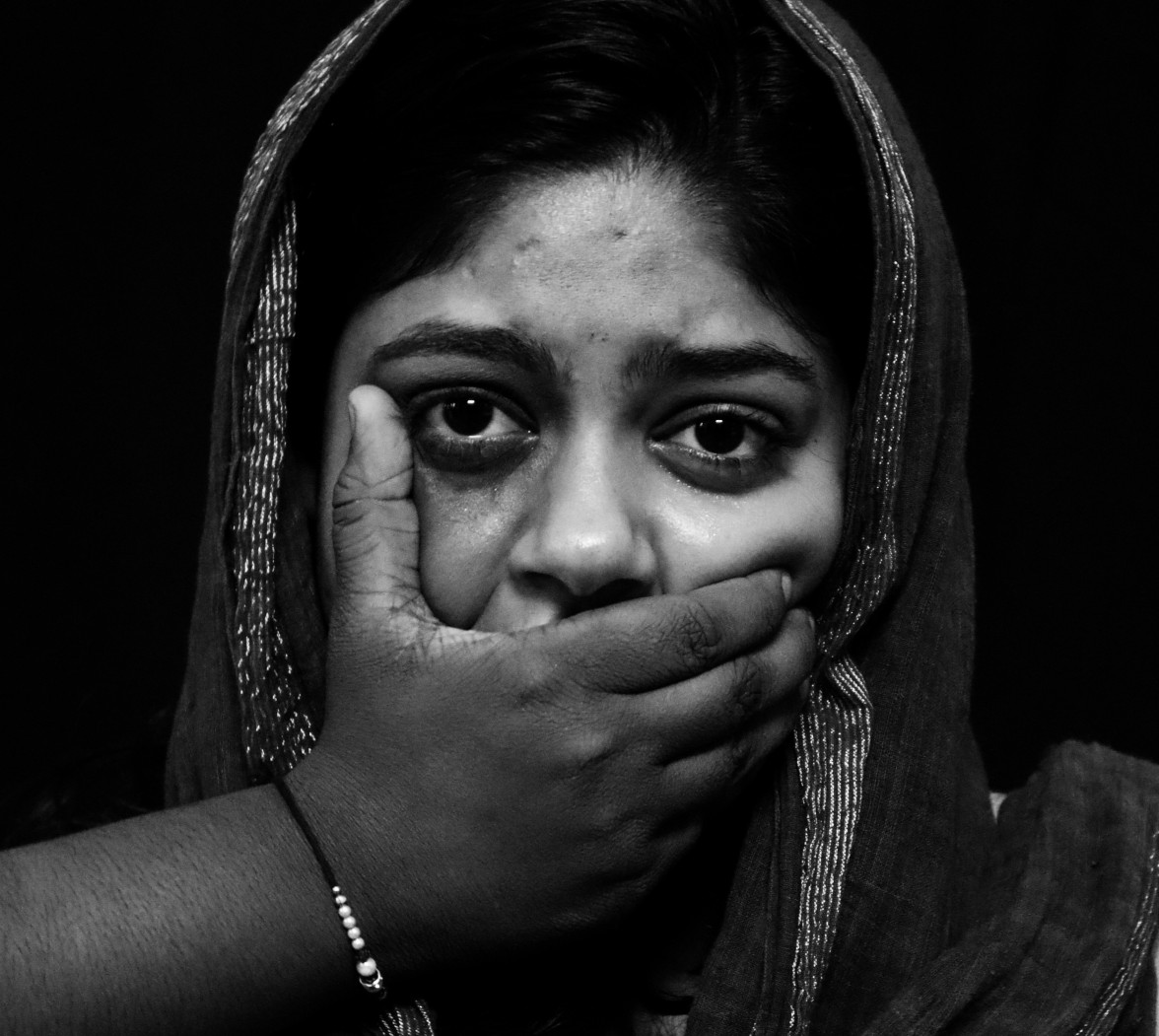Gender-based violence remains widespread. The good news is, it's preventable — and these advances in law, tech, and other sectors are helping the cause.
 Increasingly, policymakers are recognising that gender-based violence is a public health crisis that carries significant economic costs – not only to victim-survivors, but to communities and the state. : Pexels: Mart Production Free to use
Increasingly, policymakers are recognising that gender-based violence is a public health crisis that carries significant economic costs – not only to victim-survivors, but to communities and the state. : Pexels: Mart Production Free to use
Gender-based violence remains widespread. The good news is, it’s preventable — and these advances in law, tech, and other sectors are helping the cause.
Despite decades of commitments from the international community to tackle gender-based violence, it remains staggeringly widespread across the globe. Unless violence against women is dramatically reduced, the UN’s Sustainable Development Goal 5, Gender Equality, cannot be achieved.
The good news is that violence against women is preventable and on paper, at least, every country in the world has committed to realising gender equality.
Increasingly, policymakers are recognising that gender-based violence is a public health crisis that carries significant economic costs — not only to victim-survivors, but to communities and the state.
Advances in health, law, education and technology are also helping the cause.
In India, the courts are considering a landmark case that may make marital rape a crime.
In Indonesia, previously unrecognised types of abuse, including online gender violence, are now outlawed following the 2022 introduction of landmark legislation to protect women’s rights.
That’s just one example of the international community’s growing understanding that gender-based violence is not only physical but can take a range of forms including psychological, reproductive, and financial abuse.
While technological advances have in some cases facilitated abuse of women — as with image-based abuse — tech innovations also have great potential to tackle this violence.
From using virtual reality for first responder training, to multilingual AI “chatbots” to support survivors of domestic violence, increasingly sophisticated tech innovations will continue to play a part in the struggle against gender-based violence.
Academics are increasingly researching how to engage men and boys in prevention of gender-based violence. From online tools that help intervene in sexist online communities, to standards for effective practice in work with boys, best-practice principles in this space are beginning to emerge.
Meanwhile, educators are helping to change attitudes and questioning gender roles and stereotypes, advocates are providing accessible information about what gender-based violence is, and child protection experts have formulated new approaches to prevent child sexual abuse.
And while women remain underrepresented at all levels of decision-making worldwide, this gap is slowly closing — giving women leaders the opportunity to increasingly champion issues of gender equality, including the elimination of gender-based violence.
There is much work to be done still.
Harmful practices including child and forced marriage have yet to be eliminated.
Legal and economic reforms to give women equal rights to economic resources can help empower women, reducing their vulnerability to financial abuse and making it easier for women to leave abusive relationships.
Ensuring women have access to reproductive healthcare and contraception — and upholding their rights to autonomy and privacy in making sexual and reproductive decisions — can help reduce reproductive coercion and abuse.
Existing laws on various forms of gender-based violence, at both national and international levels, must also be enforced.
Stigma deters many victim-survivors from reporting violence; remedying this could involve gender-sensitive training for first responders, as well as for tailored programmes for all at-risk populations, including women with disabilities and lesbian, gay, bisexual, transgender and intersex (LGBTQI+) individuals.
And although engaging men and boys in ending gender-based violence is firmly on the agenda in some countries, this work must now be scaled up — and oriented less towards individual change, and more towards structural and organisational reform.
At the current rate of progress, the UN says it will take 286 years for the world to achieve gender equality. Some are more optimistic, arguing it’s possible to achieve gender equality within our lifetime.
One thing is certain: Without concerted global efforts to reduce violence against women and girls, gender equality will remain an unachievable goal.
Originally published under Creative Commons by 360info™.














